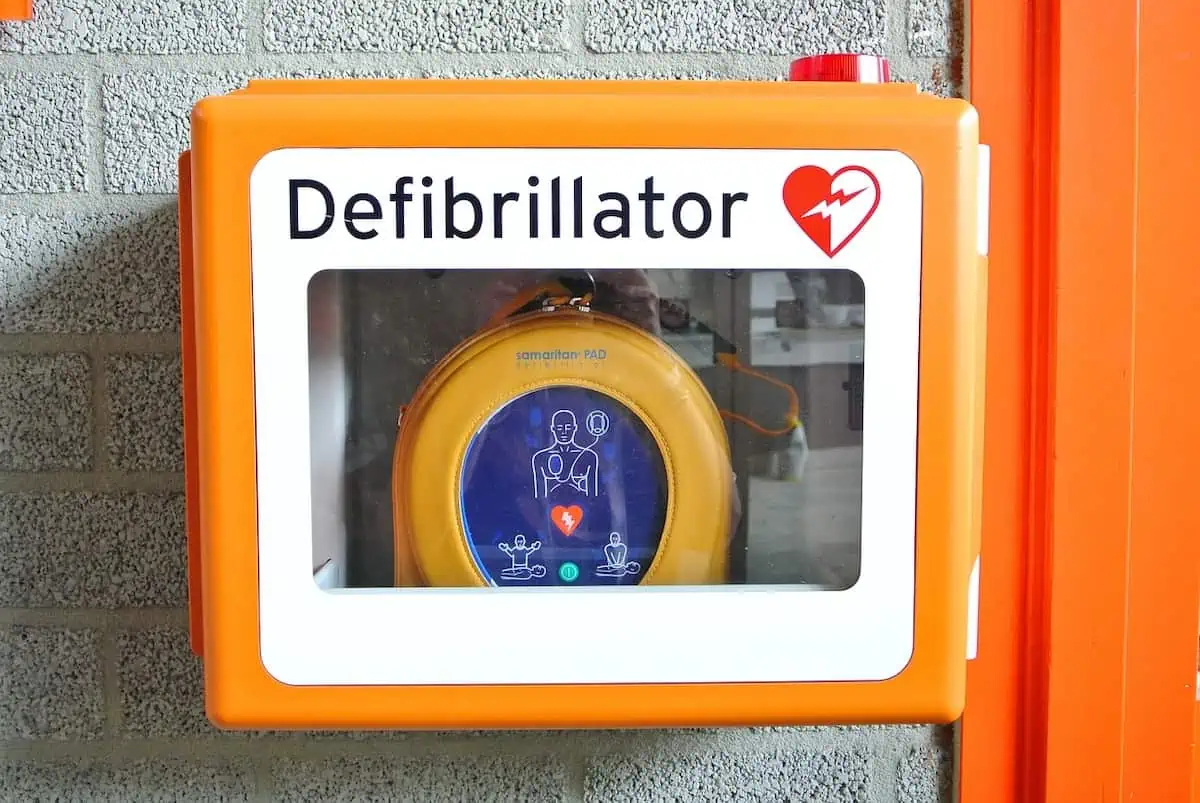Emergencies can strike suddenly and be disastrous without a comprehensive emergency plan. Sudden cardiac arrests can be life-threatening, Whether in a workplace or public space.
AED certification courses can be a game changer and make the necessary difference during these critical moments. Let us delve further and explore ways to fit an AED (Automated External Defibrillator) into your emergency plan to have you prepared.
What is the importance of an emergency plan?
Organizations often face many potential risks daily, and proper preparedness can minimize the hurdles. An emergency plan is a critical document outlining the steps, procedures, and norms to be followed during emergencies. A well-documented preparedness plan is essential to ensure they are ready to address any incident, from threats to disasters.
As a leader or a small business owner, a well-drafted emergency plan is crucial to responding effectively. This will help to minimize risks while ensuring the well-being and safety of each individual. This will also safeguard all employees and the community you serve.
An AED is one of the most vital elements that can boost the chances of survival. An automated external defibrillator is a great life-saving device beneficial in any emergency.
What is an AED?
An AED is a portable device that analyzes a person’s heart rhythm and restores a normal heartbeat by delivering an electric shock if required. It is an essential tool in treating sudden cardiac arrest. SCA can occur anytime and anywhere, affecting even those without pre-existing heart conditions. SCA is an emergency that must be addressed immediately, and the AED is the ideal device.
Features to consider while choosing an AED
While choosing to implement an AED program into your plan for your small business, it is crucial to weigh in on the features and benefits you are looking for. This will help prevent overspending on a device with features you do not intend to use.
- Cost of ownership: It is crucial to consider the upfront cost of the AED. Hence, before purchasing an AED, knowing the cost of AED pads and batteries is vital.
- Efficacy: AEDs analyze someone’s cardiac rhythm to tell you whether to shock. Hence, opt for higher effectiveness for improved results.
- Ease of use: Make sure you choose a well-equipped AED to offer high-level care. Additionally, it should be user-friendly for anyone to use it without any difficulty.
- Amount of support: Get detailed information on the service plan provided by your AED. Explore whether it is covered under the warranty or if you get charged for service calls.
- Ability to train and practice: Check whether your AED has a practice mode. In other words, you should only need a little training to use the device.
The top features that your AED must have are:
- WiFi and remote monitoring
- Aviation capabilities
- 3-lead monitoring option
- ECG display
- Semi-automatic vs. fully-automatic
The recommended AED features for a small business include responsive CPR coaching, fully automatic, remote monitoring, and WiFi. This is beneficial, especially if your location comprises more than one AED. Features like ECG displays and aviation capabilities could be better for a small organization.
Top ways to fit AED in your emergency plan
Your emergency plan should point to where the AED will be installed. It is recommended to consider high-traffic areas such as front doors, waiting rooms, elevators, etc. You must identify locations or areas where there might be a larger population of high-risk individuals with pre-existing heart conditions.
It is vital to ensure that the AED is in a spot easily accessed by emergency personnel and responders. Additionally, consider incorporating AED signage around or above your AED. This helps let the public know that your facility has an AED. Hence, they can reach out to the device whenever an emergency strikes.
Tips to maintain an AED
It is essential to regularly inspect and maintain AEDs to ensure they work optimally when required. You might select a specific person within your organization to support the AED. These responsibilities include the following:
- Inspection of battery life
- Check the expiry date of the electrode pad.
- Clean the device and cabinet
- Document the inspection tag, which comes along with the AED
In addition to these steps, using a maintenance checklist and keeping a record of AED checks while ensuring proper maintenance is recommended.
Conclusion
Thus, incorporating an AED into your emergency plan is life-saving. When integrated effectively, it becomes a crucial tool in boosting the chances of survival during medical emergencies. Enroll in an AED certification course to prioritize AED in your emergency plan and always stay prepared.
Article and permission to publish here provided by Sherri Seymour. Originally written for Supply Chain Game Changer and published on October 3, 2023.
Cover image by Tanja-Denise Schantz from Pixabay

